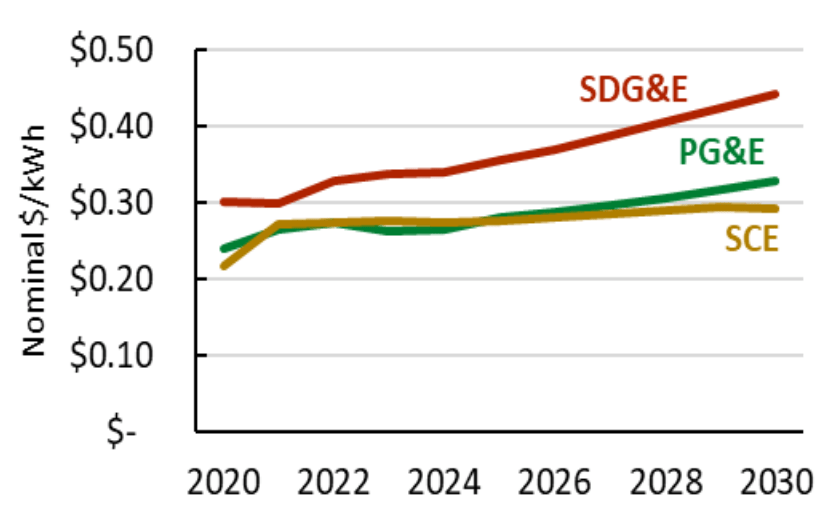fromport
Solar Addict

Who’s Afraid of Retail Electricity Rate Reform?
Even solar losers like me can see a big win in California rate reform. Note: An earlier version of this post reported proposed electricity prices taken from PG&E testimony filed on April 7. The…
Who’s Afraid of Retail Electricity Rate Reform?
California just moved one step closer to changing the way households pay for electricity. If all goes according to these newly proposed plans, Californians will be paying lower electricity prices and an “income-graduated” fixed charge by 2025. The impetus for electricity rate reform? California’s retail electricity prices are high and rising


